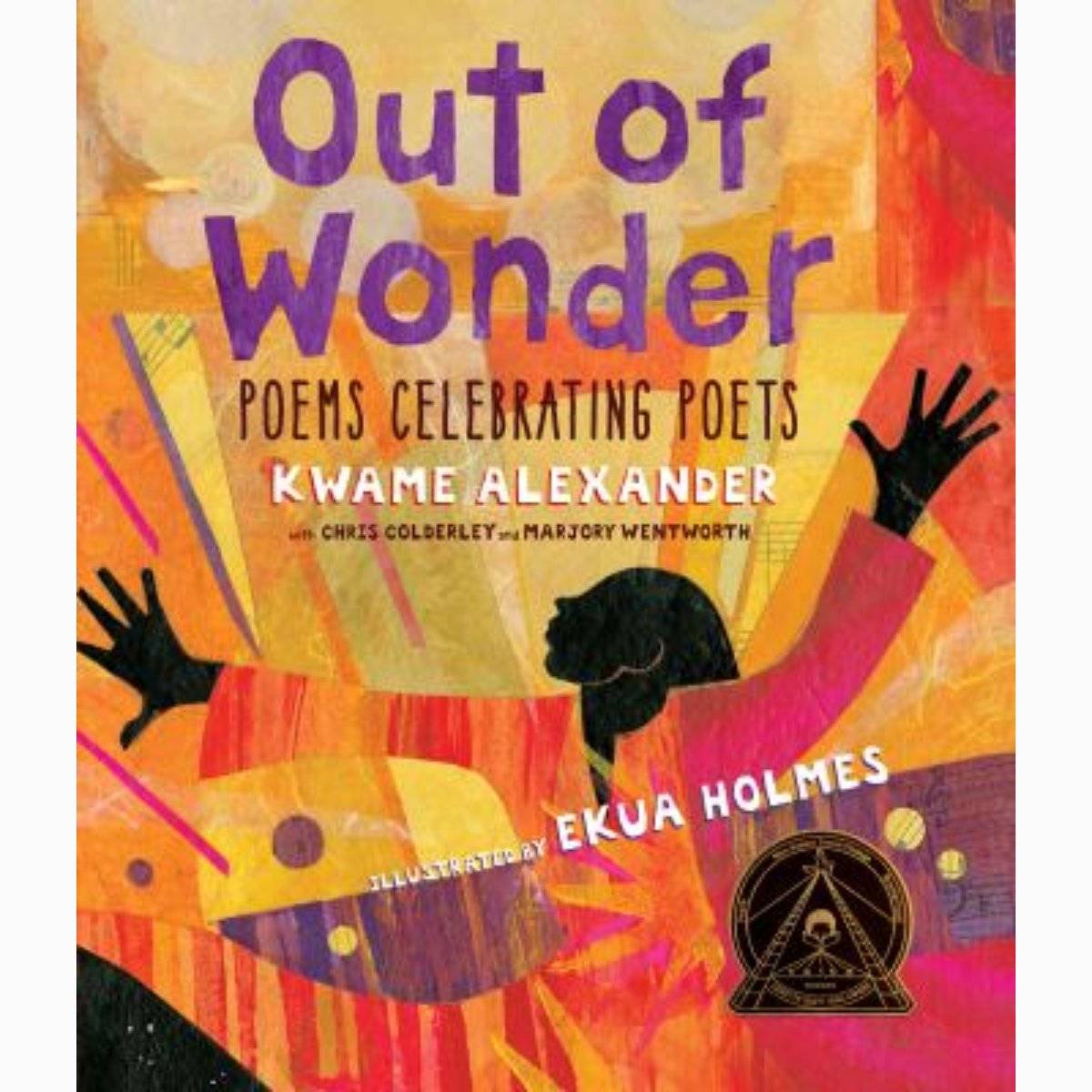
What a fantastic (Coretta Scott King Award Winning) poetry book for students! This can serve as a great IR or PR assignment. This book is a collection of poems for children to read. It honors and celebrates poets of all backgrounds. What a great way to get your students interested in poetry. I think a great idea for a lesson plan would be to pair students up and have them choose one poem to annotate or write about. We love choice in the classroom!







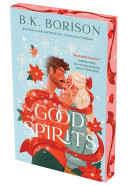
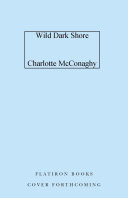
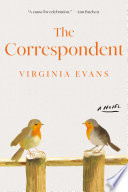
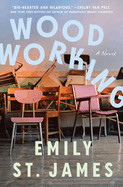



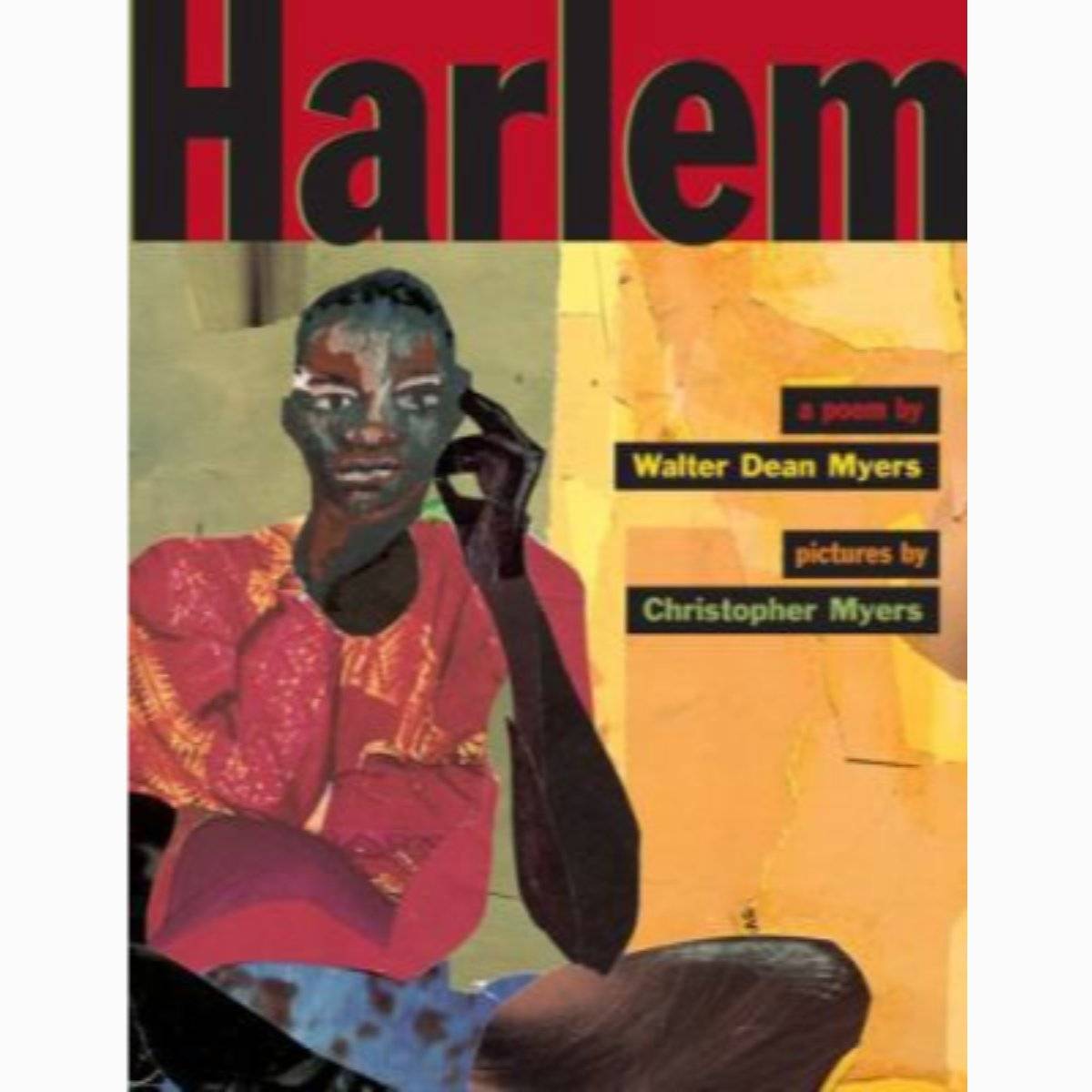
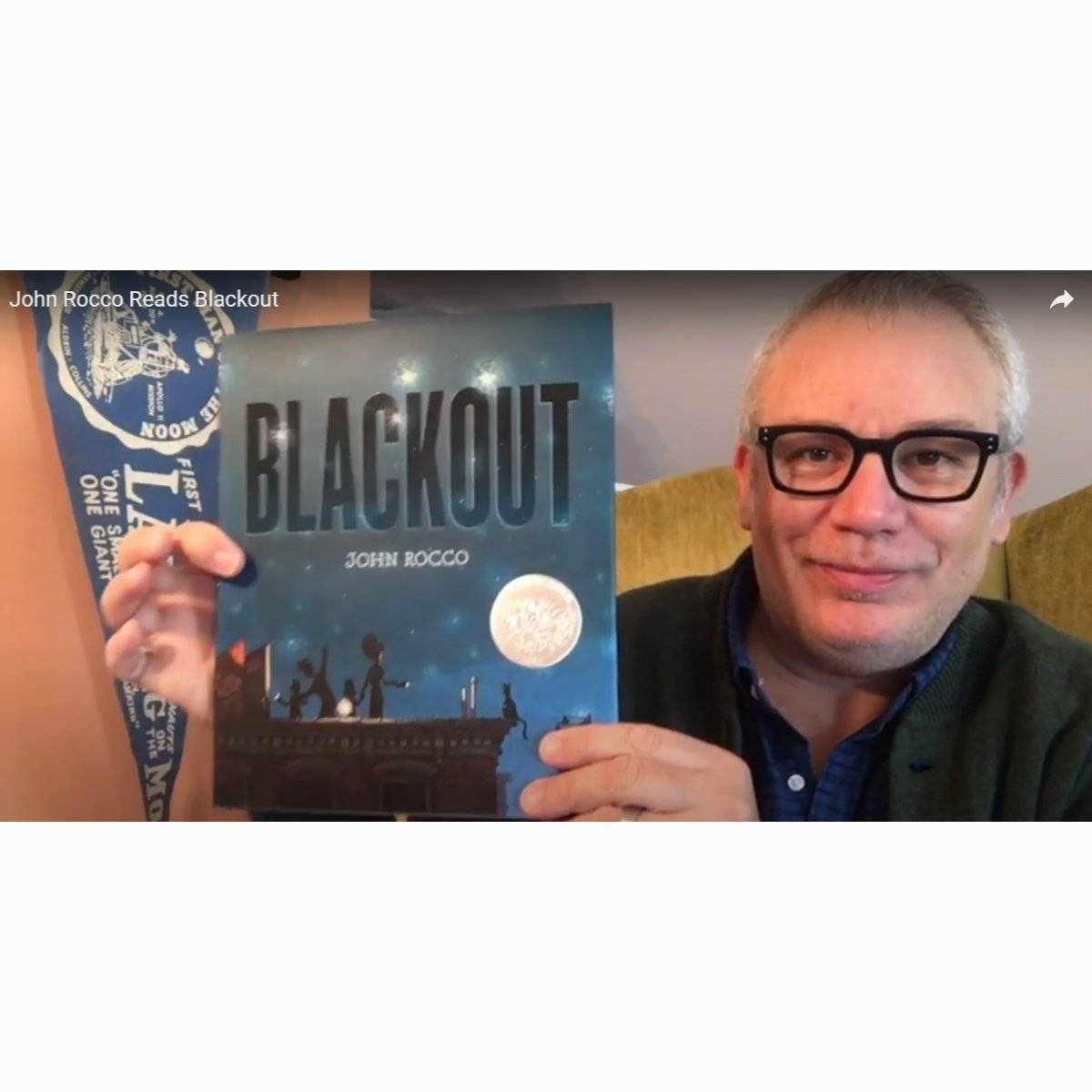
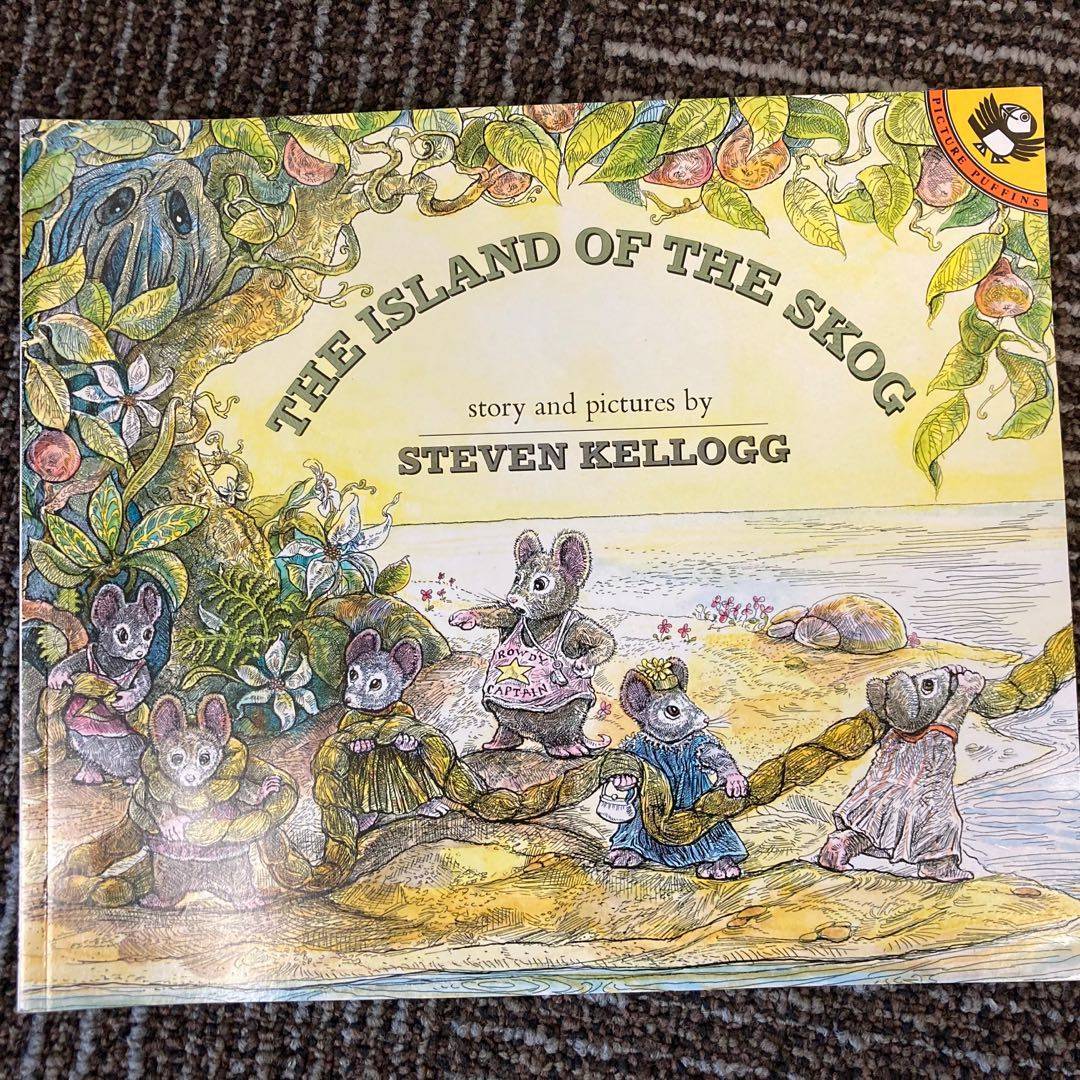
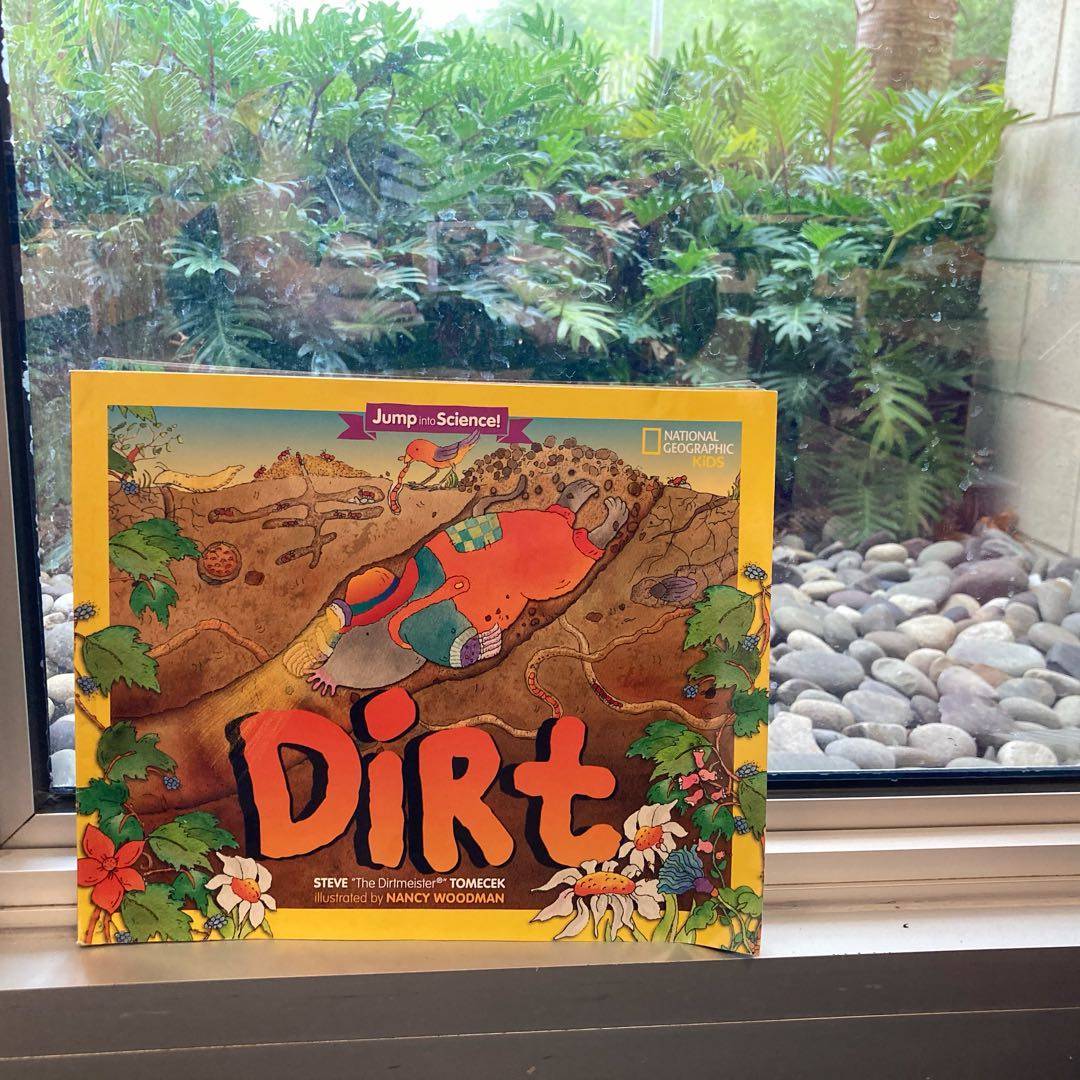
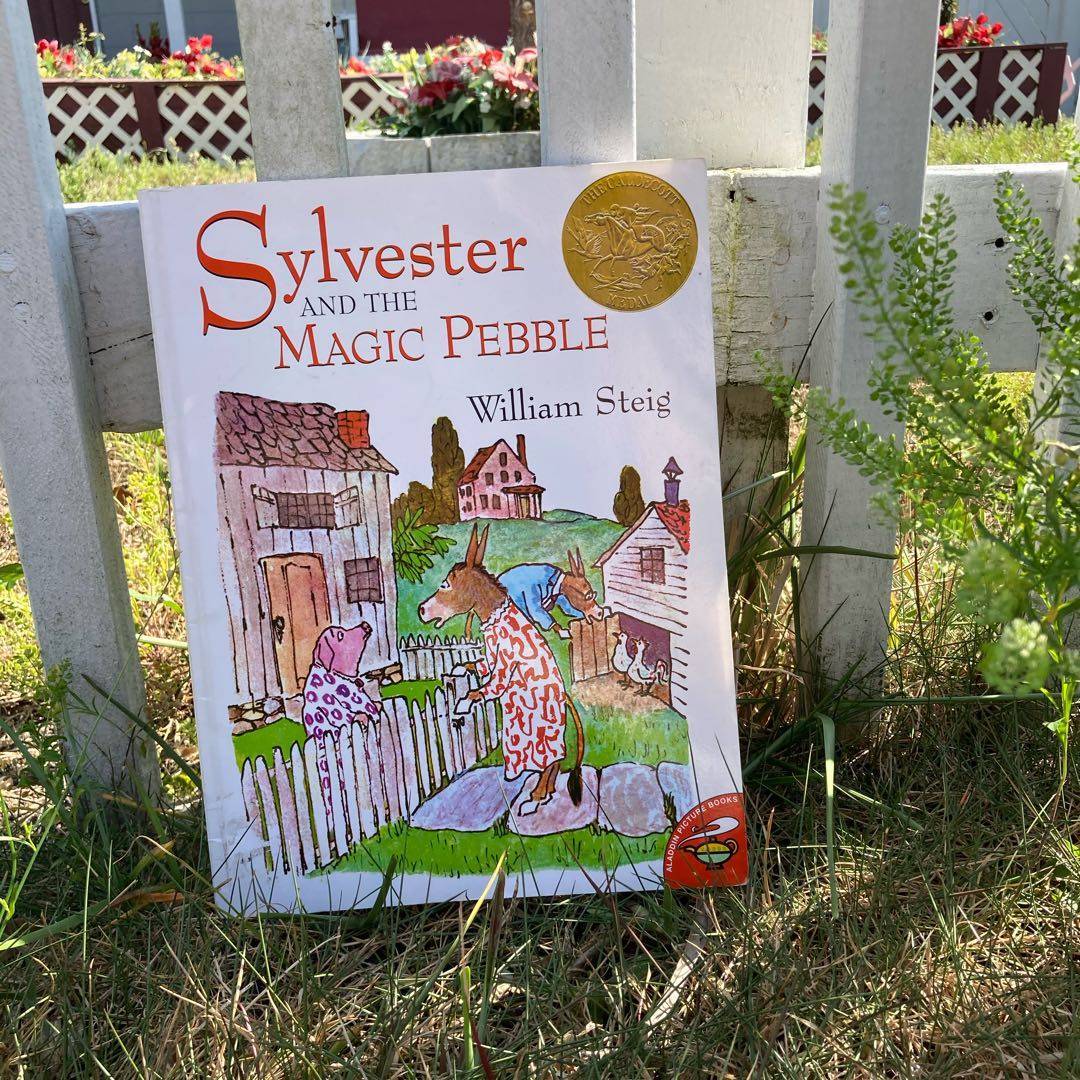
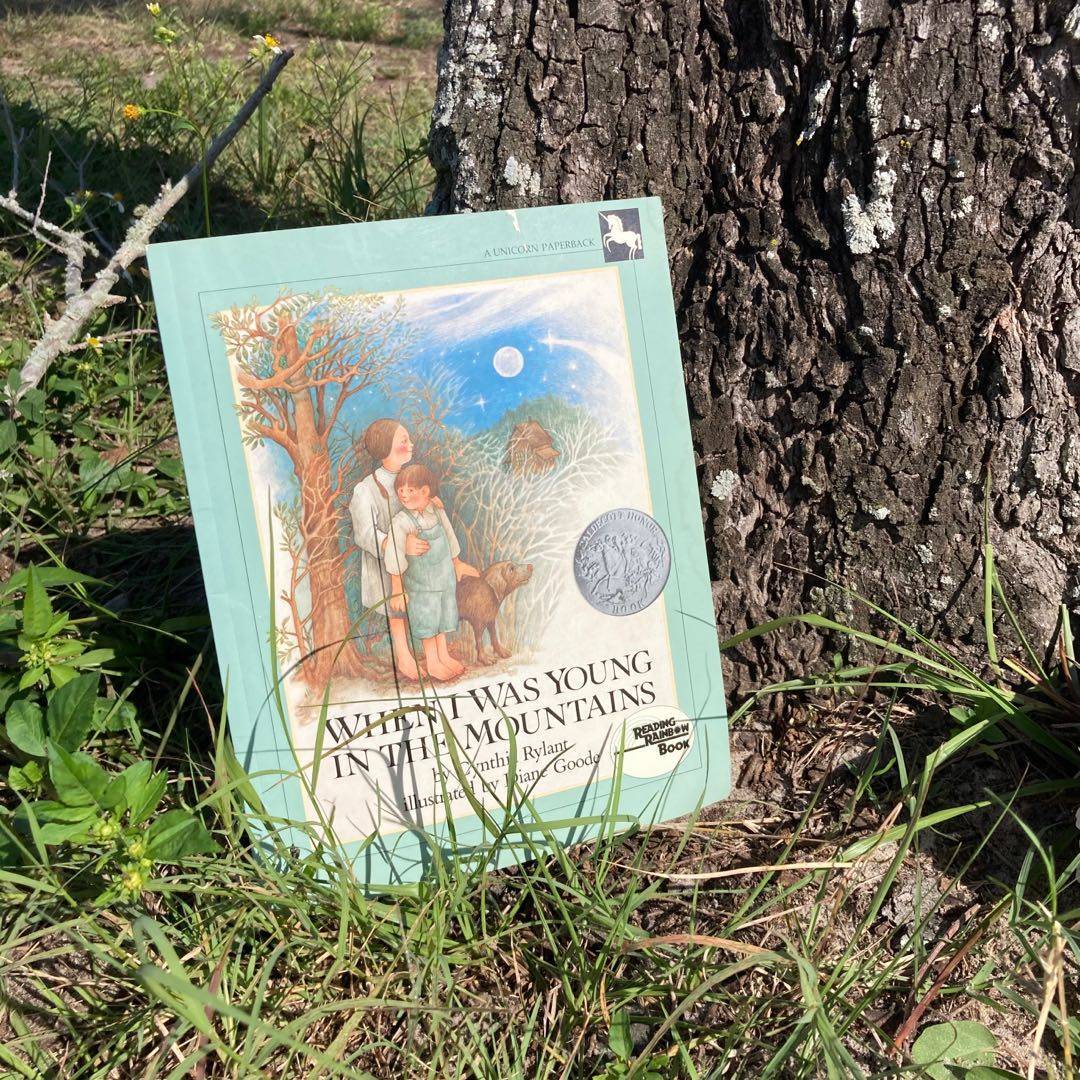
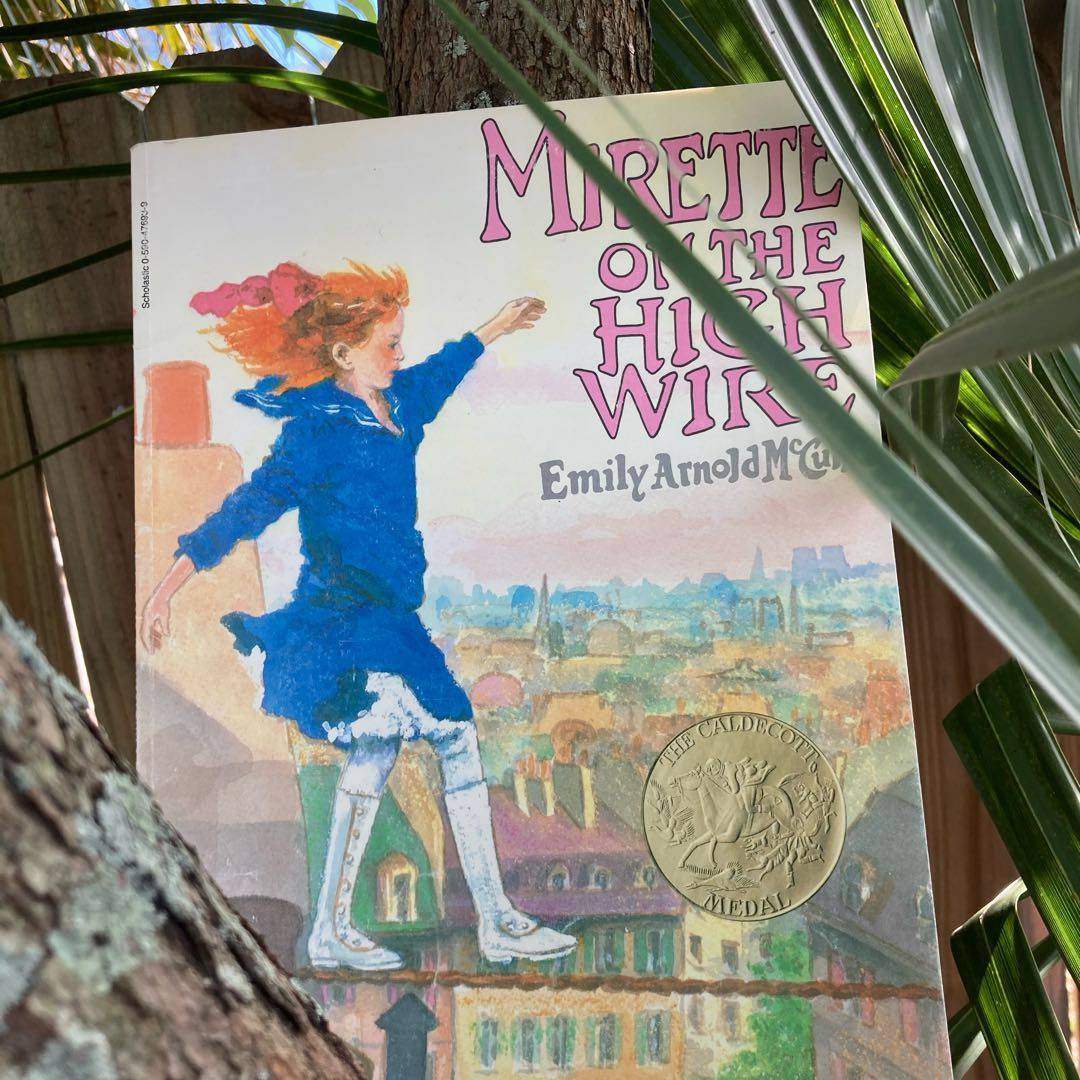
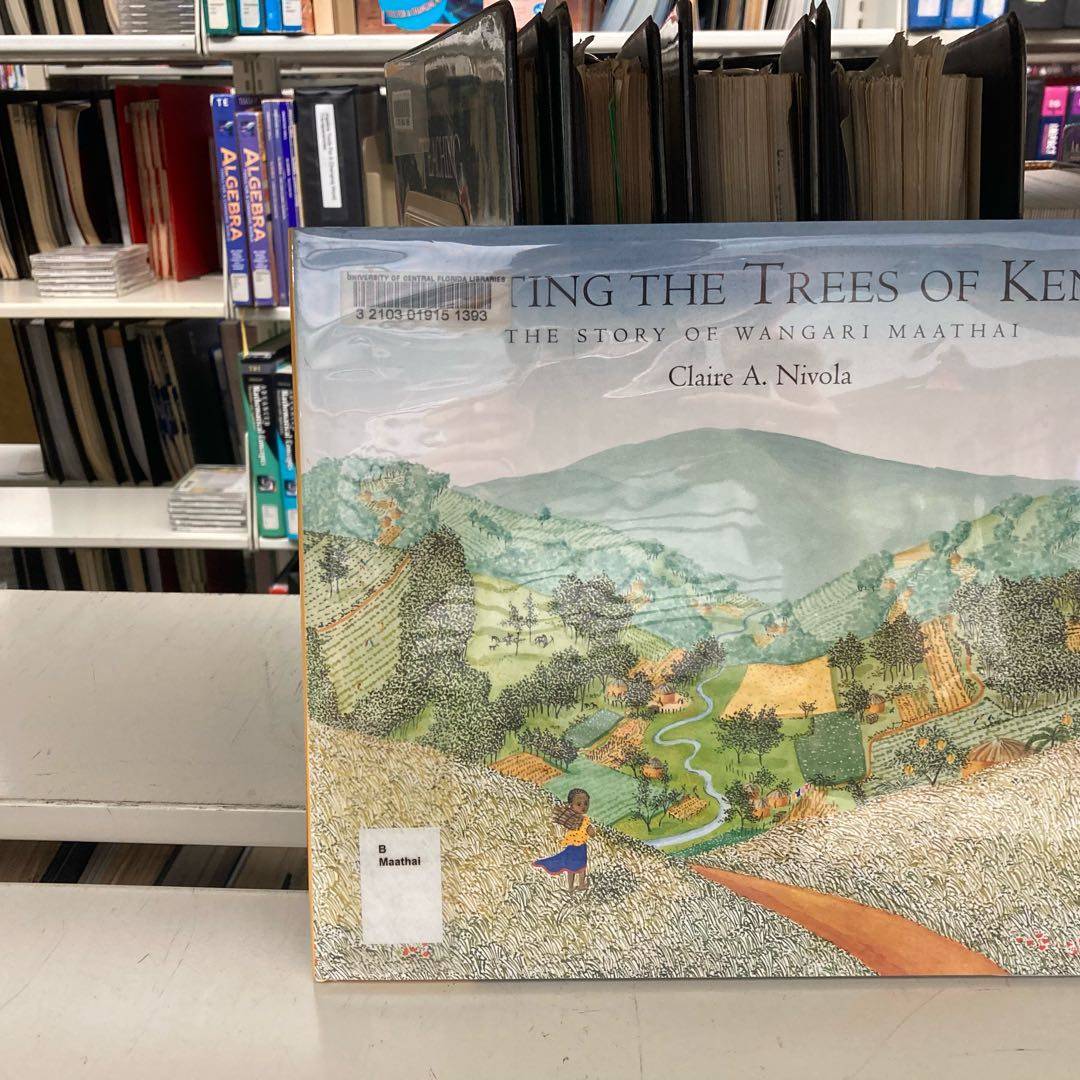
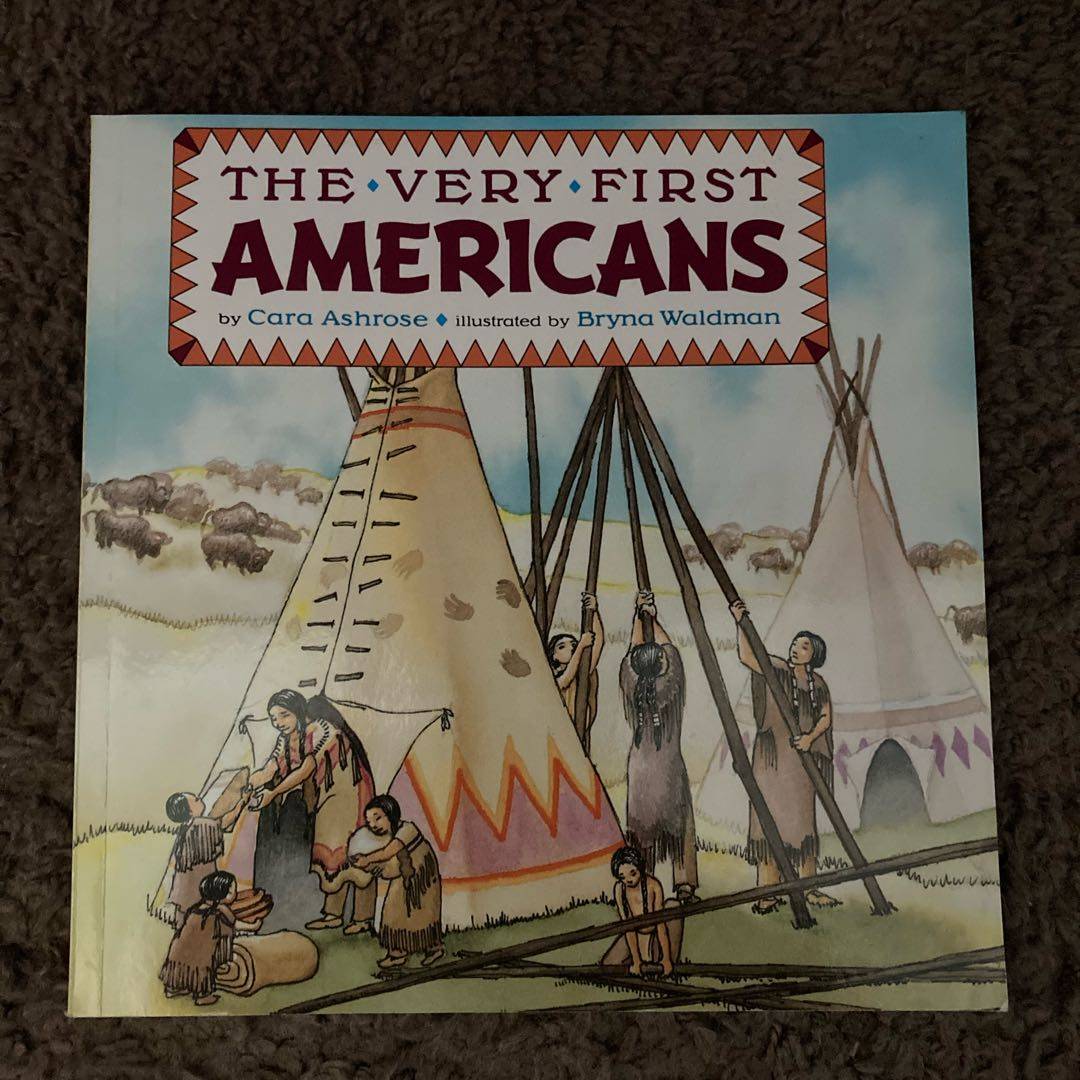
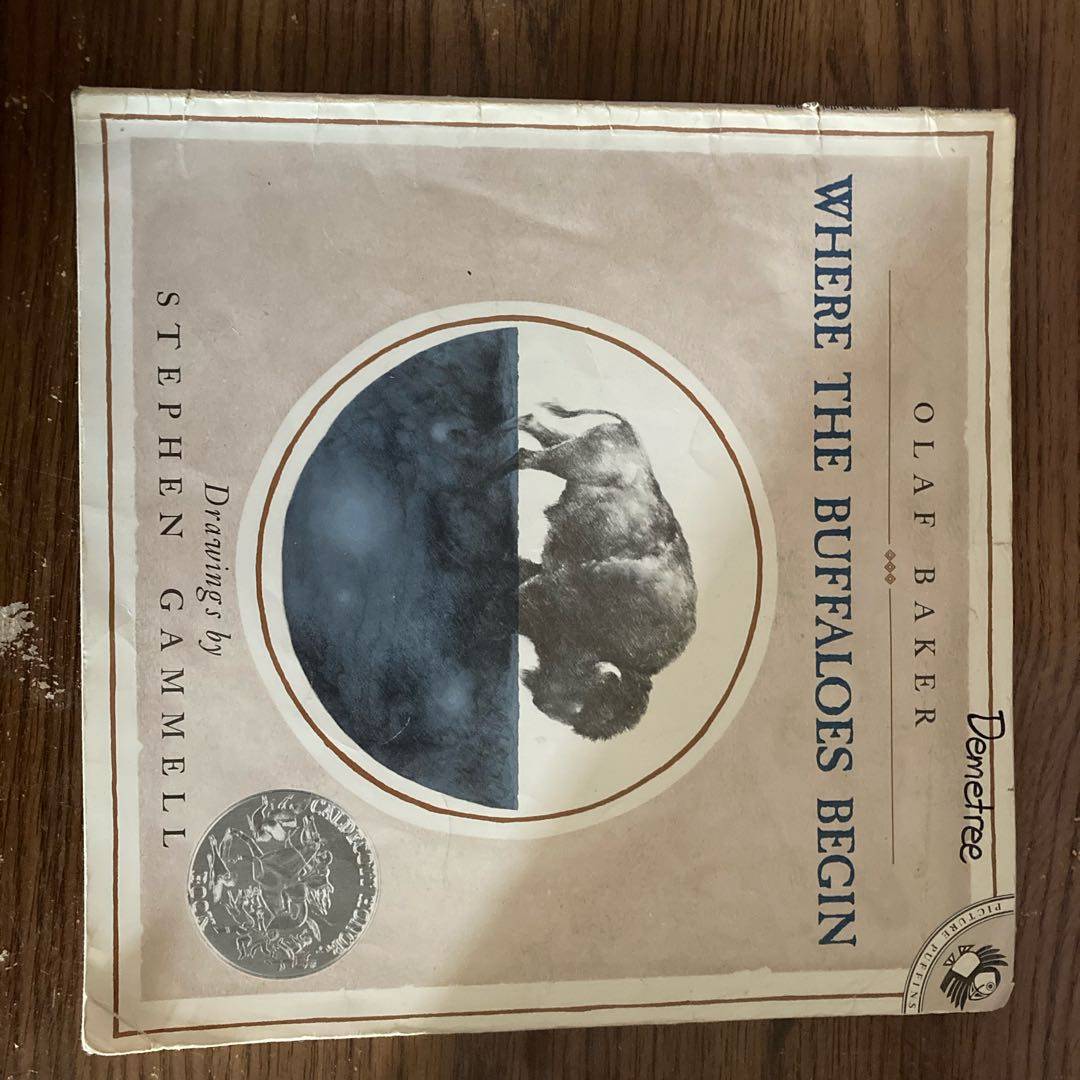
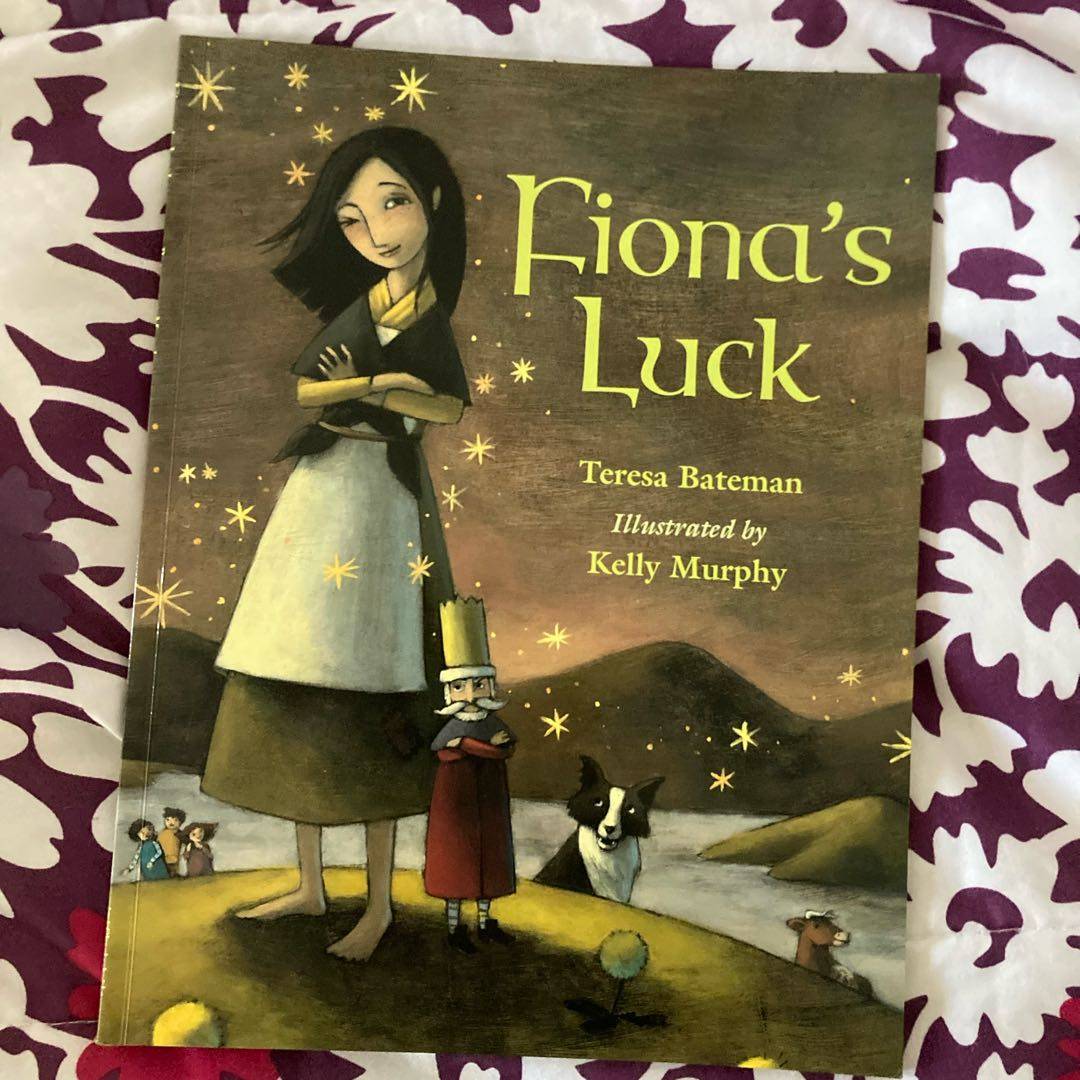
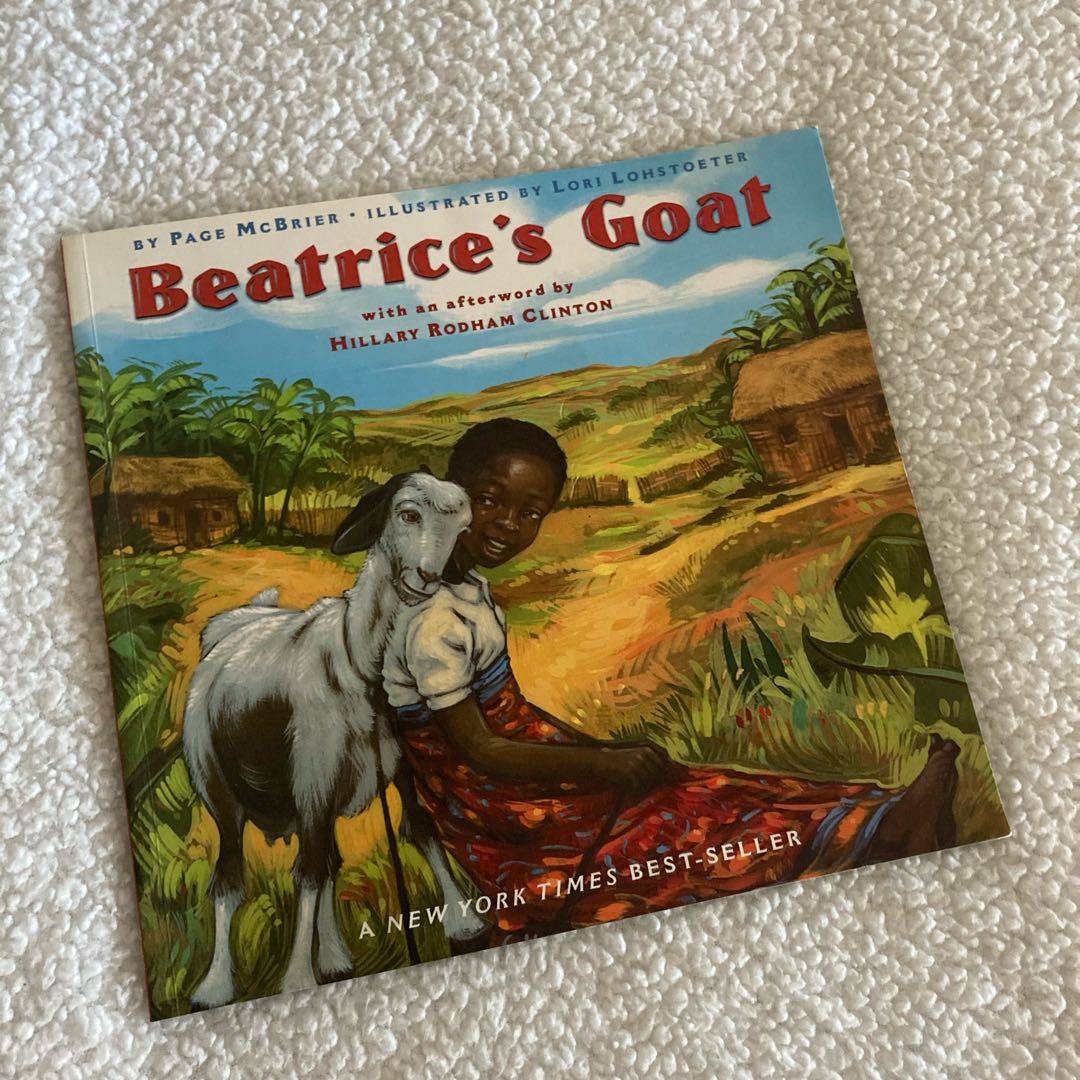
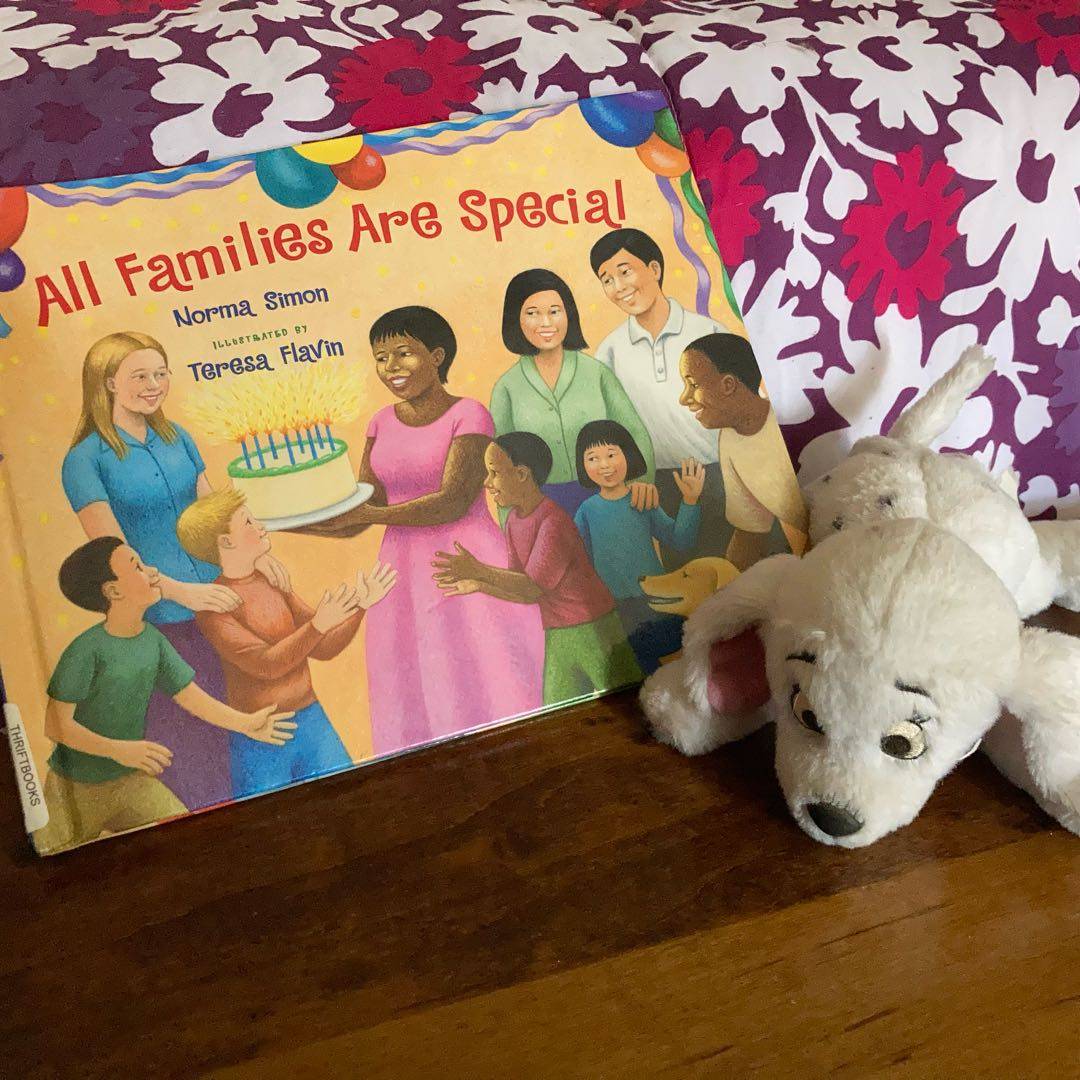
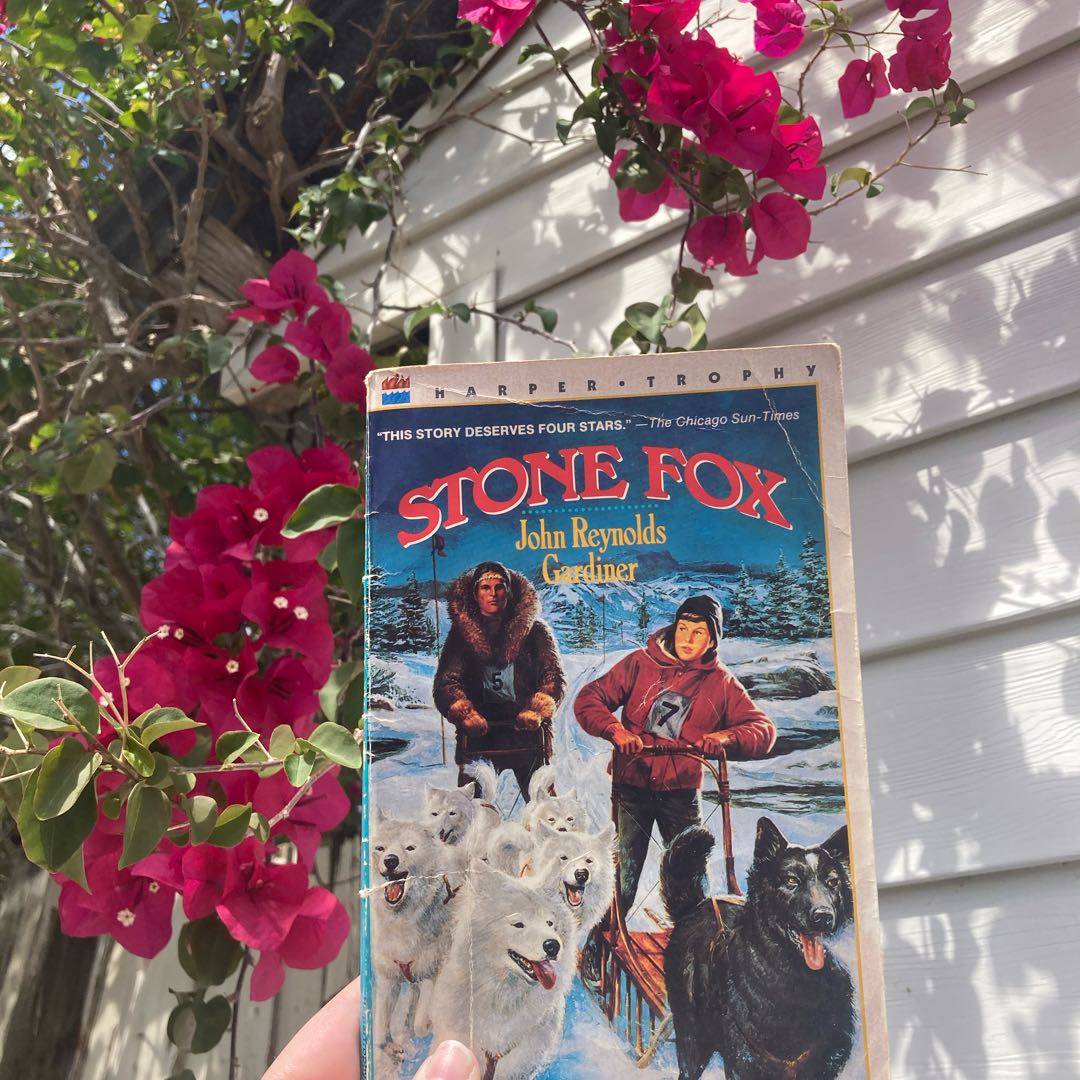
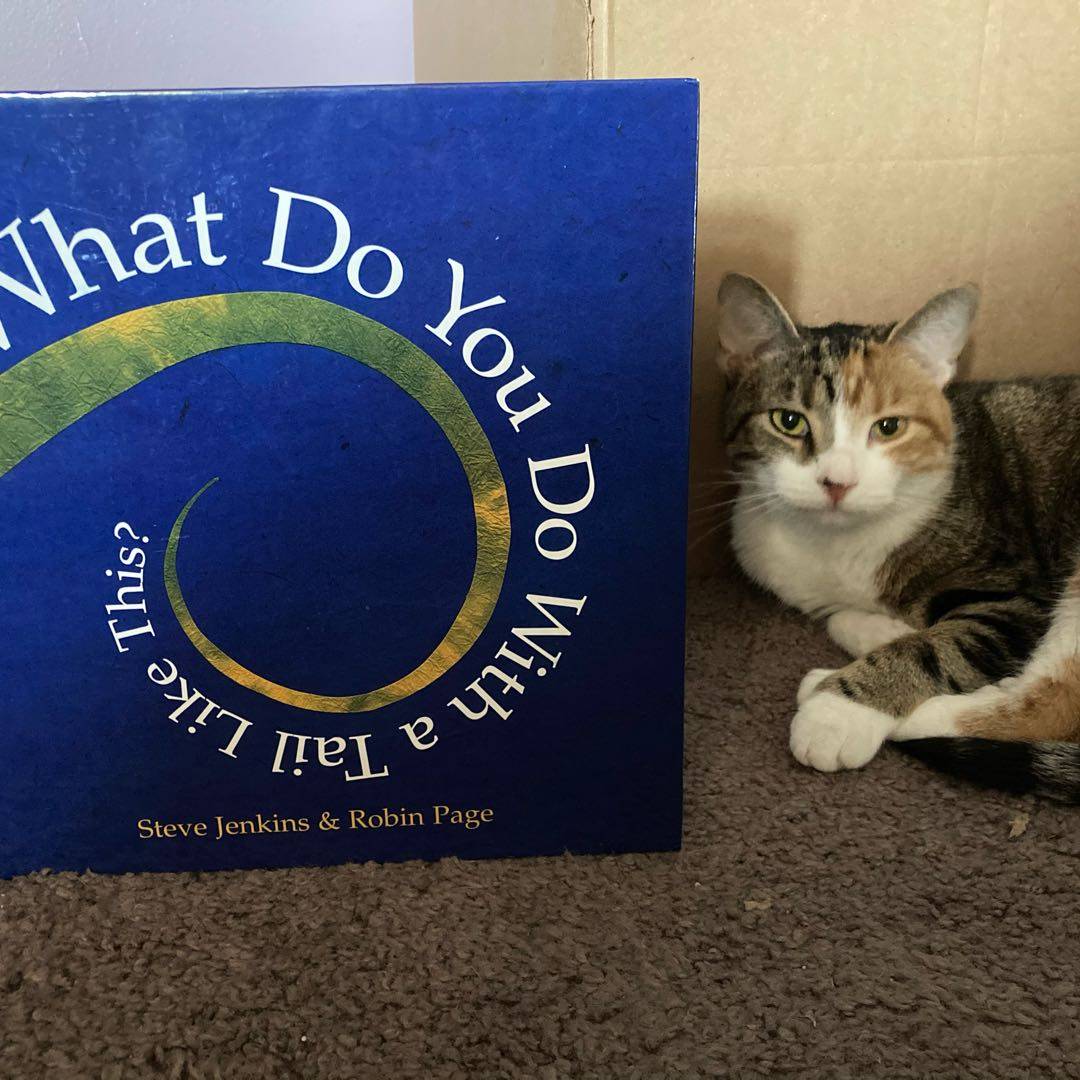
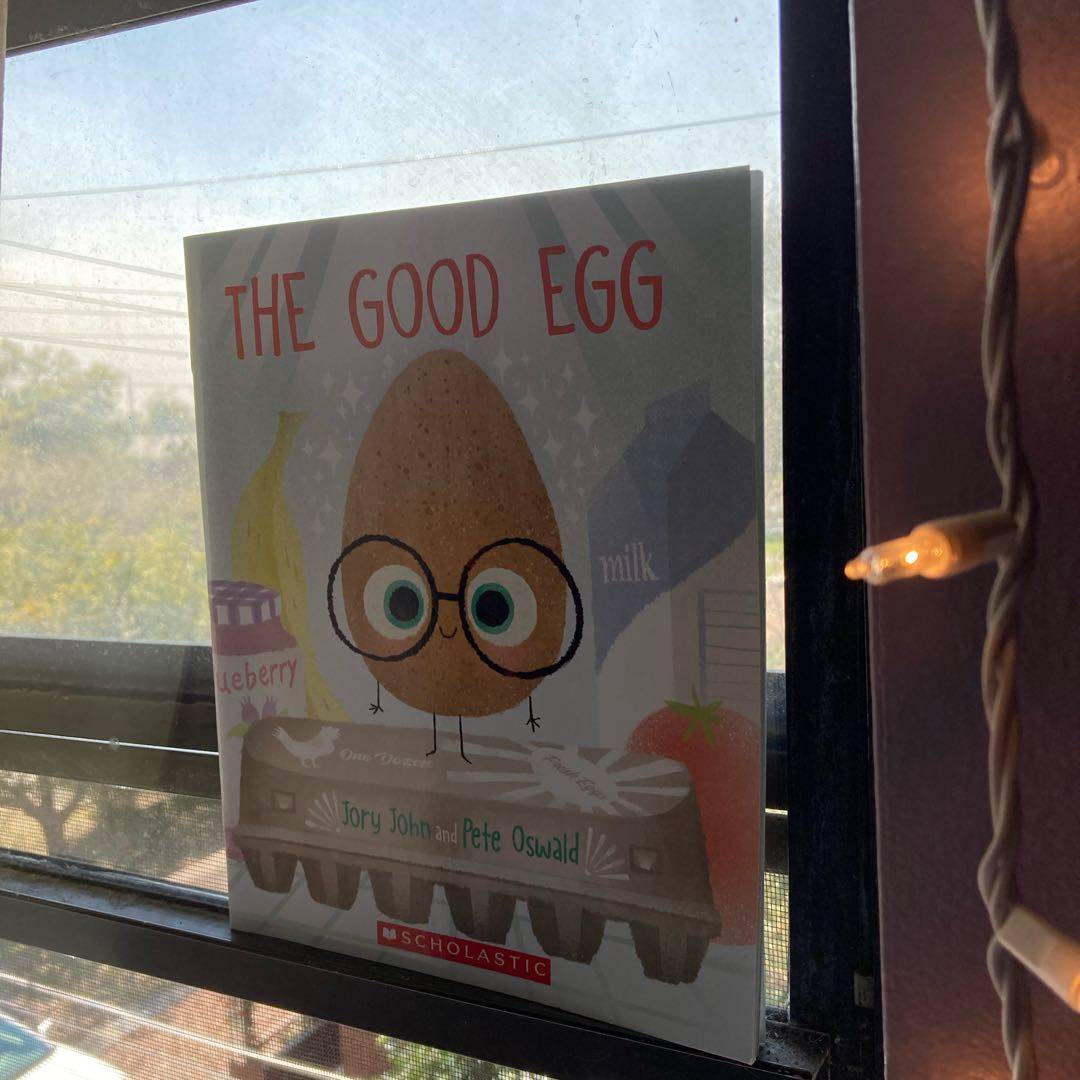
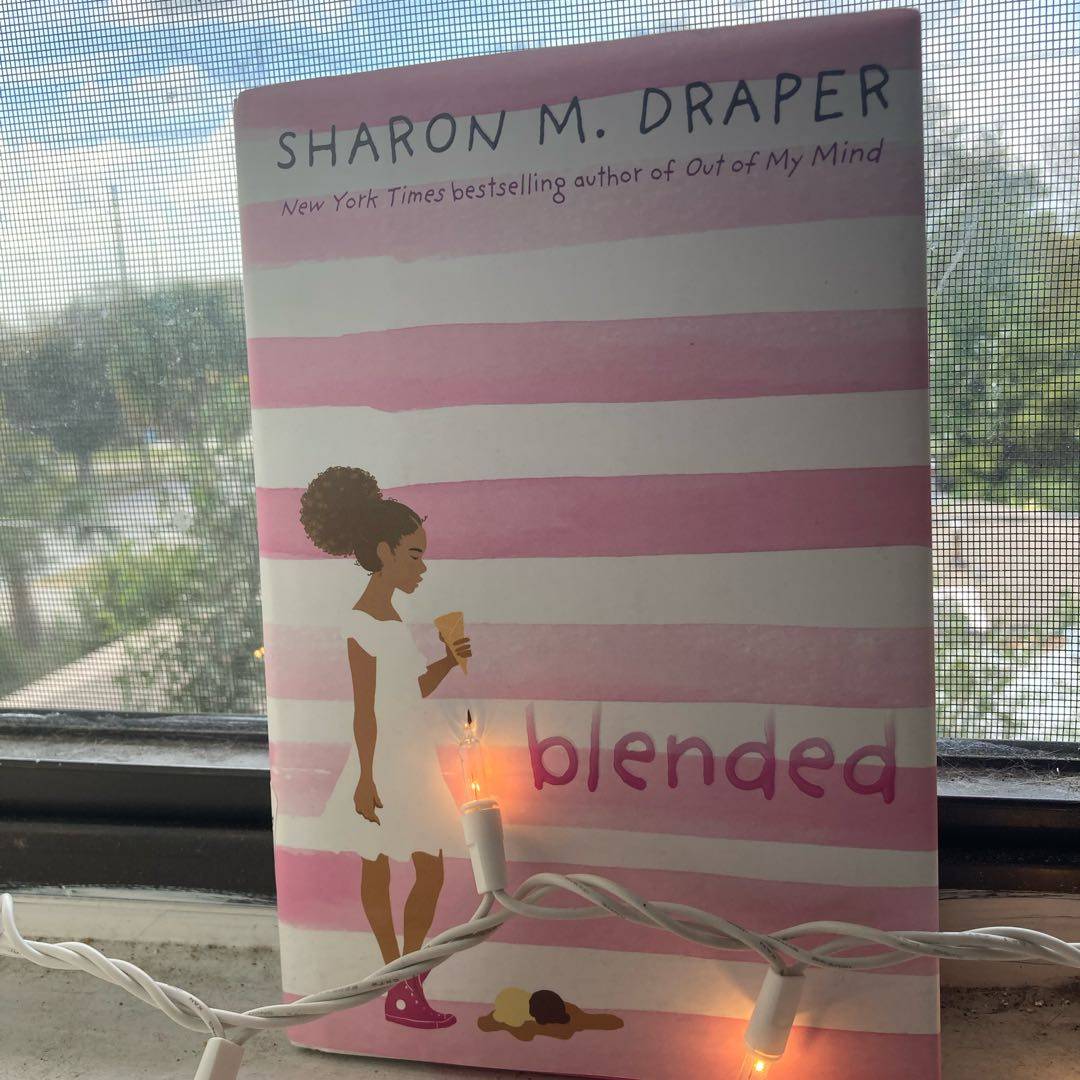
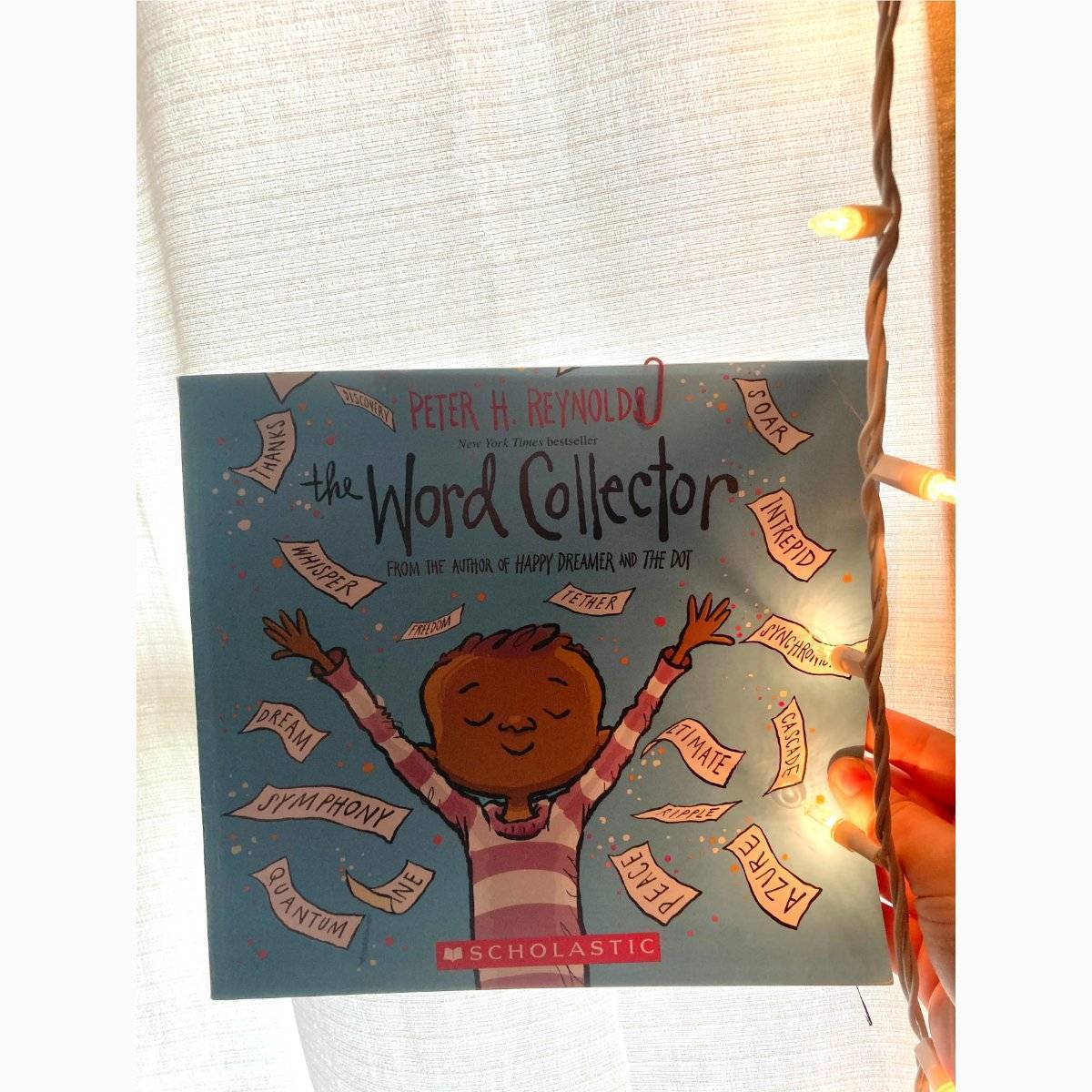
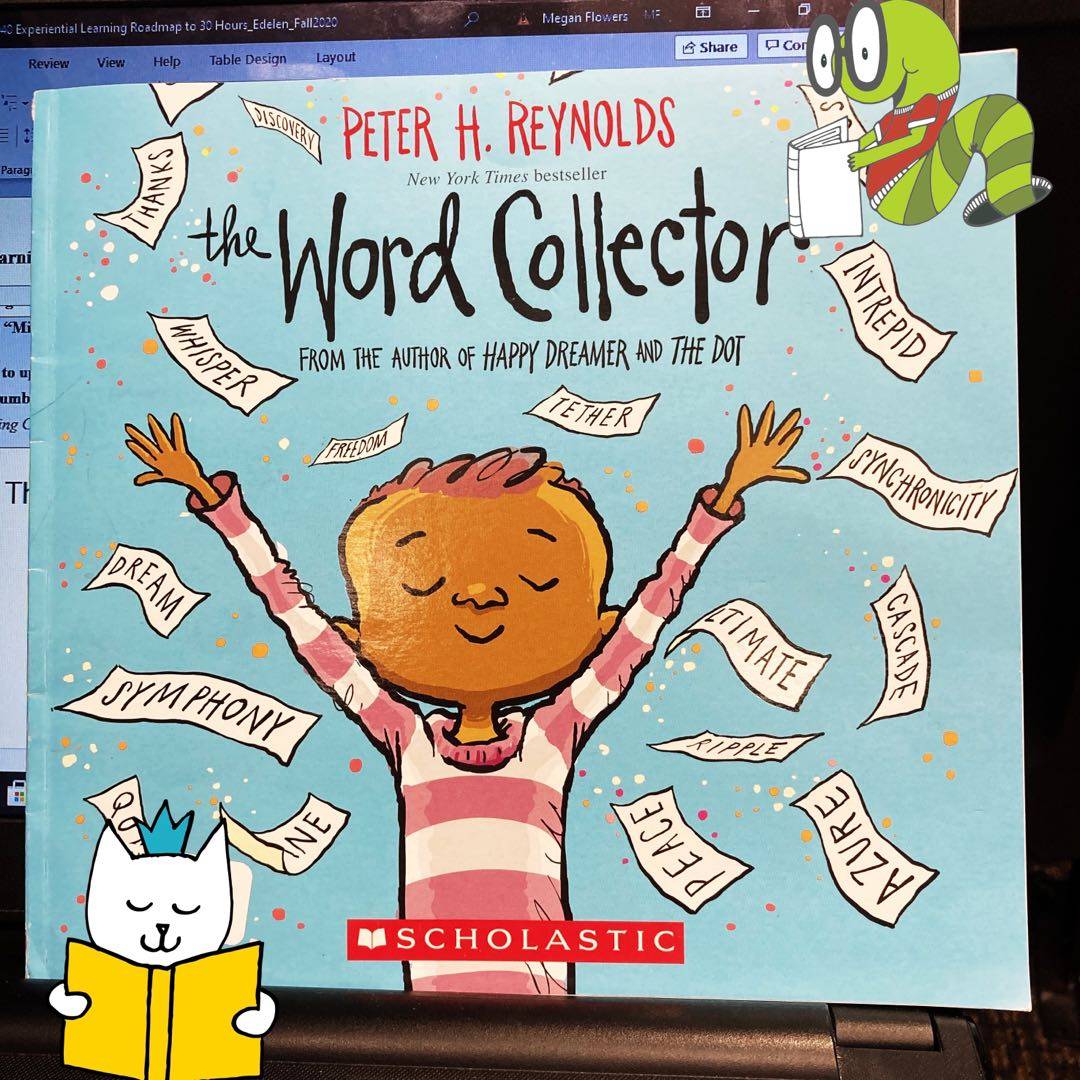
This cpalms lesson plan dives into the literal and nonliteral meanings of the text. I think that's a great way to deepen one's understanding and comprehension of a poem. When you split the students off into groups, you're fulfilling UDL principles 7.1 (Optimize individual choice and autonomy) & 8.3 (Foster collaboration and community). You're providing your students with choice, so that 5y
#ucflae3414sp21 (edited) 5y